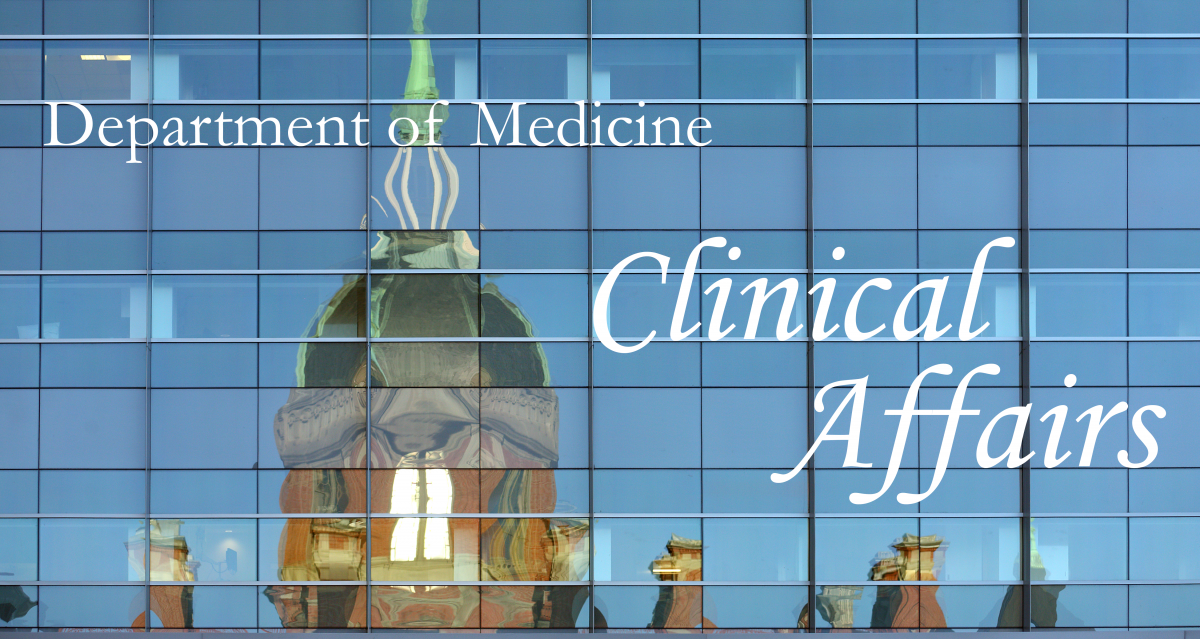Good communication between hospital providers and primary care providers (PCPs) prevents readmissions, medication errors and dropped treatment plans, but good communication is not the norm. Discharge summaries, a standard form for this communication, are often received late or never at all.1 Direct communication between providers during the hospitalization can be challenging to implement. Phone calls require simultaneous availability. Email is hampered by lack of addresses and the risk of exposing protected health information. The era of shared electronic health records is dawning, but PCPs may not have the time to distill key messages from the flood of inpatient data.2
Four Osler residents in the Patient Safety/Quality Improvement Pathway have investigated:
- the four firms’ baseline frequency of direct communication with PCP’s
- PCP preferences for communication
- the effectiveness of using email compared to telephone to reach non-Hopkins-affiliated PCP’s
The POE discharge process required residents to enter information about direct communication. In January–November 2015, direct communication was reported in 1,439/3,997 (36 percent) firm hospitalizations. Direct communication was not attempted in 1,998 (50 percent) of the hospitalizations. “Discharge summary will be adequate” was specified as the reason for not attempting direct communication in 64% of these 1,998 cases.
In winter 2016, three PCP groups were surveyed by email including:
- community-based Hopkins-affiliated
- academic Hopkins-affiliated
- community-based non-Hopkins-affiliated PCP’s
Both groups of Hopkins PCP’s were using outpatient Epic with access to JHH test results and discharge summaries. The unaffiliated PCP’s, members of a managed care organization, were using paper charts. Among the 73 respondents, 64 (88 percent) preferred communication to no communication during the hospitalization, and none felt discharge summaries were sufficient. Preference for the form of communication differed significantly; 76 percent of community Hopkins-affiliated PCP’s preferred Epic alerts to faxes, phone calls or emails; 62 percent of academic PCP’s preferred direct communication by phone or email and 64 percent of community-based unaffiliated PCP’s preferred fax.
To compare the effectiveness of methods of reaching PCP’s, the Osler residents randomized two firms to control status, one firm to a telephone-based protocol and the last firm to an email-based protocol. Discharge coordinators from the Department of Care Coordination assisted the email firm by calling PCP offices to request email addresses. The investigators then encouraged house officers in both intervention firms to attempt to reach every PCP. The control firms remained at 36 percent direct communication before and after the intervention began in March 2016. The frequency of direct communication increased significantly for both the telephone (from 37 percent to 61 percent) and email (from 30 percent to 41 percent) firms. Interns in the email firm perceived having to use secure email features (requiring PCP’s to register for first use) as a significant barrier.
In sum, the Osler residents’ work has identified an unmet demand among local PCP’s for communication during hospitalizations. Ideally, the form of communication might be tailored to PCP’s preferences, but this may be challenging to implement. Despite the widespread use of email in 2016, phone calls are a more effective way to reach PCP’s outside the Johns Hopkins health system.
We would like your comments on preferences for communication about hospitalizations. Is email still worth pursuing for PCP’s outside the health system? Now that inpatient Epic has been rolled out, do PCP’s and specialists within the health system feel automated Epic alerts are usually sufficient? Please comment below or email Steve Berry at [email protected].
-Steve Berry, Associate Vice Chair for Quality, Safety and Service
